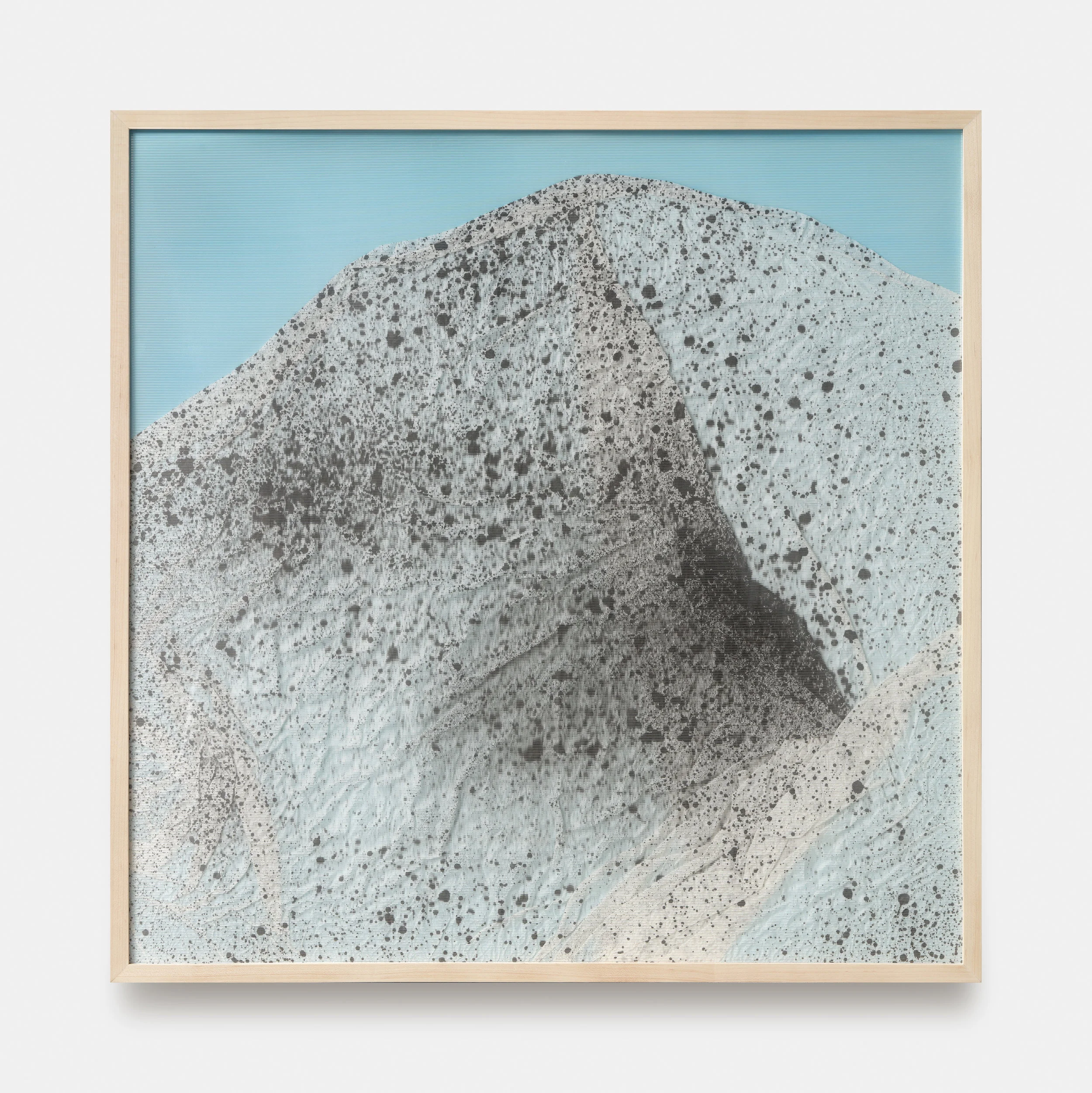Manasarovar
2018
With reference to traditional Chinese 'shan shuǐ’ painting and continuing the visual allegory of Requiem for the Present Eternal (2017), works in this series depict Mount Kailash: a peak in the Kailash Range (Gangdisê Mountains), which forms part of Transhimalaya in Tibet. Located near Lake Manasarovar and Lake Rakshastal in India, Mount Kailash is considered to be sacred in four religions: Hinduism, Buddhism, Bön and Jainism.
The Tibetan name for the mountain is "Gangs Rin-po-che" (Tibetan: གངས་རིན་པོ་ཆེ་; Chinese: 冈仁波齐峰). Gangs or Kang is the Tibetan word for snow peak analogous to alp or hima; rinpoche is an honorific meaning 'precious one' and thus the combined term can be translated 'precious jewel of snows'.
The ancient Indian scriptures speak of a divine lake, of pristine beauty and highest glory, situated in the holy Himalayas. Lake Mansarovar is believed to be the first lake created in the mind of Brahma - the Creator according to the Hindu Trinity of Gods, out of his mental resolution, at the request of the Rishis - the Seers, and the Devas - the demigods; and it is also considered to be the abode of Hamsa, a spiritual symbol. Kailash Mansarovar has great importance in mythology and history.
Hindus regard the mountain as the site where Lord Shiva meditated along with his wife Parvati. The mountain also has a description in Vishnu Purana, according to which the four sides of the mountain are made up of ruby, crystal, lapis and gold. It is said to be ‘pillar of the world’ and it symbolises a lotus for its location at the middle of six mountain ranges.






